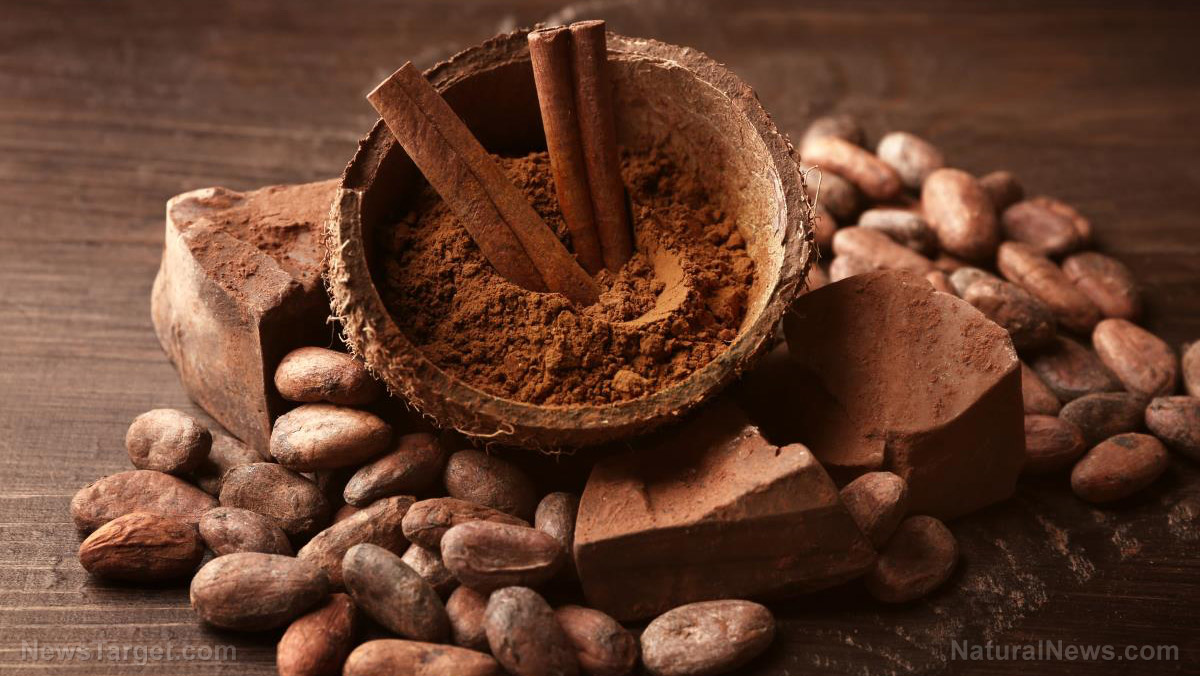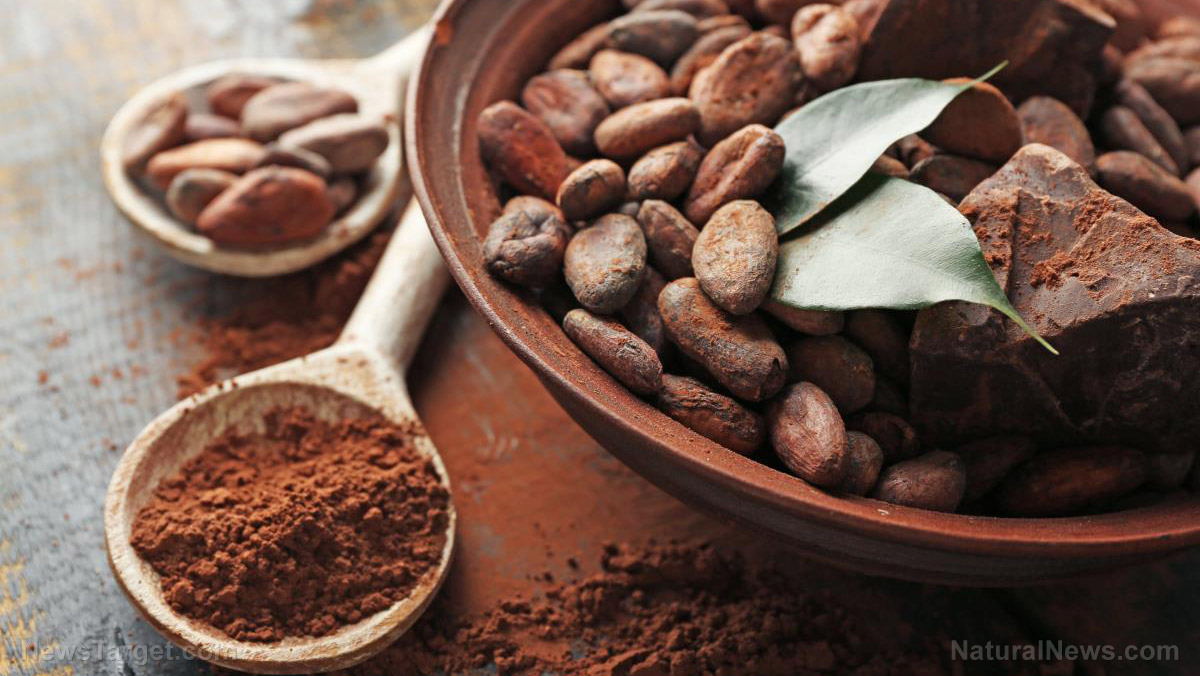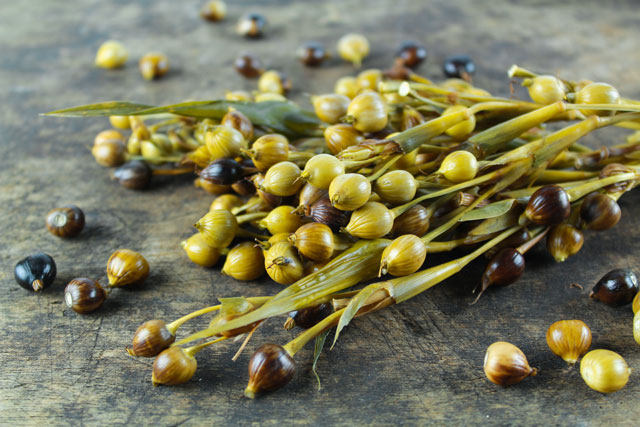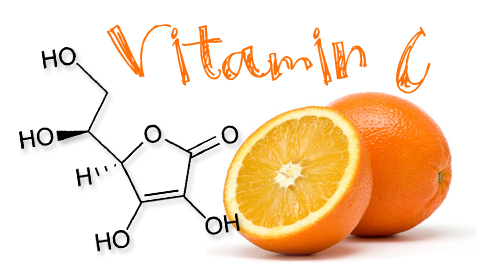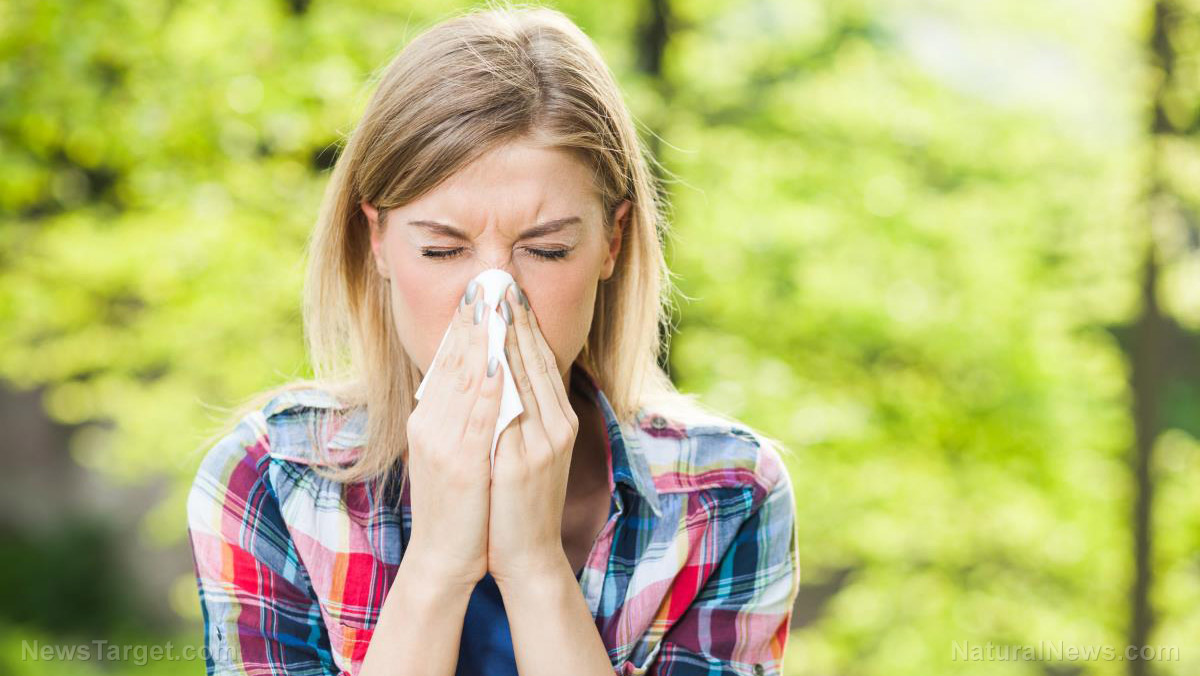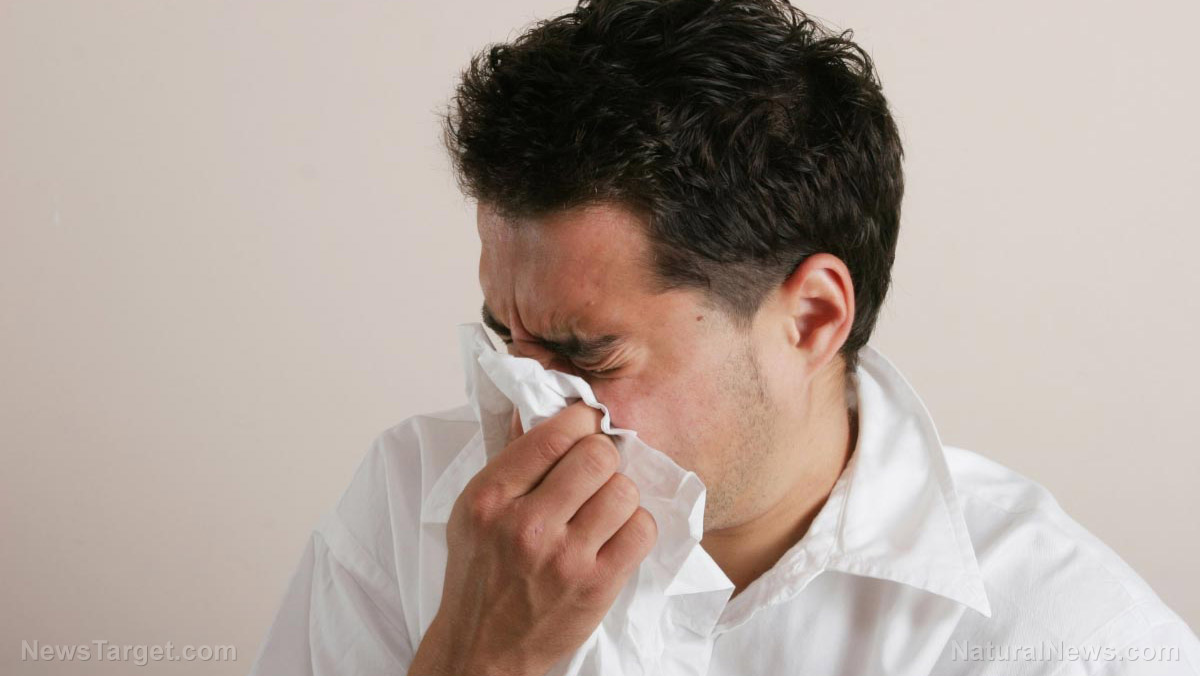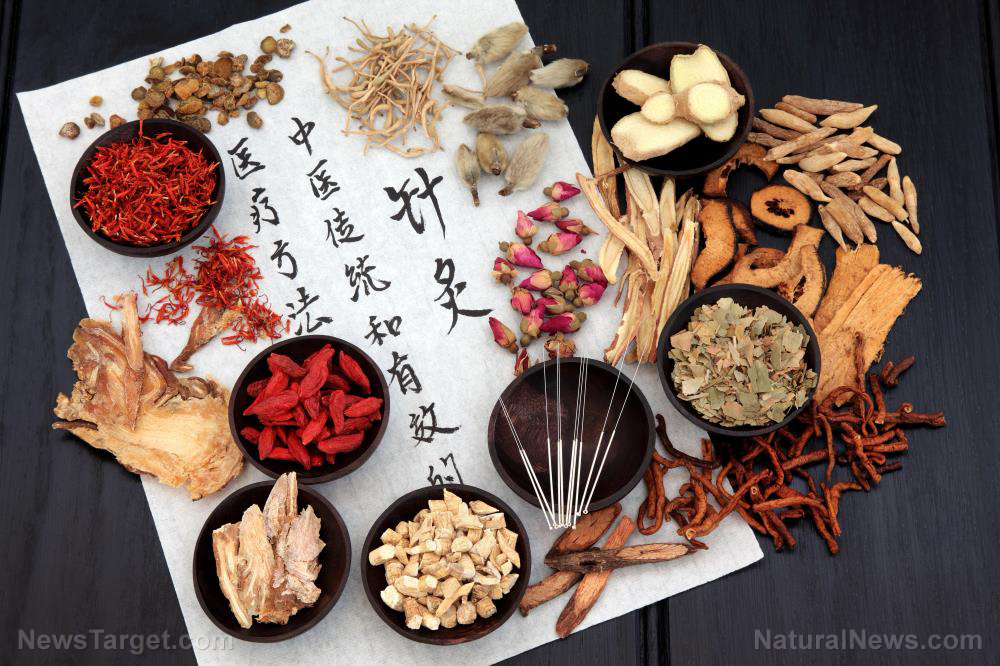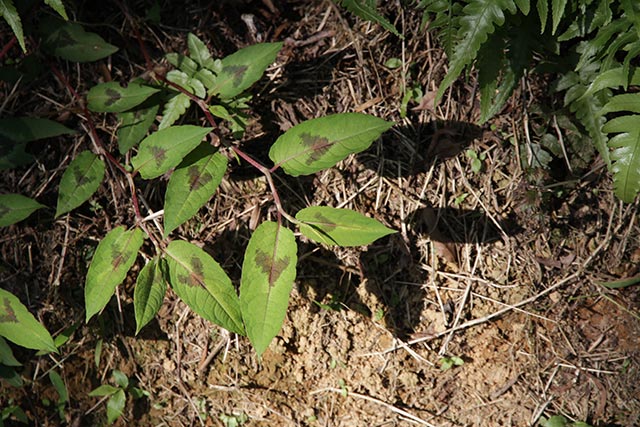Study: The coralbush plant shows potent anti-influenza activity
08/09/2018 / By Michelle Simmons
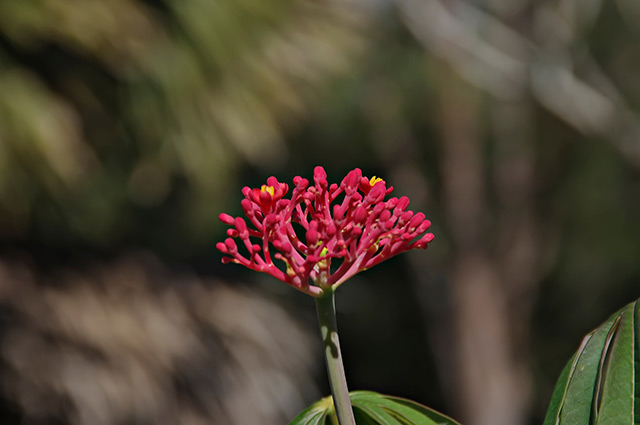
The coralbush (Jatropha multifida Linn.), a medicinal plant from Myanmar, has been reported to contain antimicrobial, antimalarial, and anti-tumor activities. In the study published in the journal BMC Complementary and Alternative Medicine, the anti-influenza activity of coralbush was evaluated.
- The coralbush has been used in traditional medicine for treating various diseases.
- Researchers at the Tokushima Bunri University, University of Toyama, and the University of Yangon prepared four extracts from the stems of the coralbush: water, ethyl acetate, n-hexane, and chloroform extracts.
- Then, they evaluated the survival of Madin-Darby canine kidney (MDCK) cells, a general model for epithelial cells, infected with the influenza A (H1N1) virus.
- They also assessed the inhibitory effects of the four crude extracts on influenza A viral infection and growth in MDCK cells.
- The water stem extract from the coralbush significantly enhanced the survival of MDCK cells infected with influenza A H1N1 virus and inhibited influenza A viral infection.
- The ethyl acetate and chloroform extracts showed similar, but weaker, effects.
- The chloroform coralbush stem extract exhibited the strongest inhibition of influenza A viral growth in MDCK cells.
- The ethyl acetate and n-hexane extracts showed weaker inhibition of influenza A viral growth in MDCK cells.
In conclusion, the findings of the study suggested that the stems of the coralbush posses anti-influenza properties, thus it could be used as an herbal medicine for treating influenza.
Read the full text of the study at this link.
To read more stories on natural treatments for influenza, visit Influenza.news today.
Journal Reference:
Shoji M, Woo SY, Masuda A, Win NN, Ngwe H, Takahashi E, Kido H, Morita H, Ito T, Kuzuhara T. ANTI-INFLUENZA VIRUS ACTIVITY OF EXTRACTS FROM THE STEMS OF JATROPHA MULTIFIDA LINN. COLLECTED IN MYANMAR. BMC Complementary and Alternative Medicine. 7 February 2017; 17(96). DOI: 10.1186/s12906-017-1612-8
Tagged Under: alternative medicine, antiviral, coralbush, Flu, herbal medicine, Herbs, influenza, Jatropha multifida, natural cures, natural healing, natural medicine, natural remedies, research, Viruses

